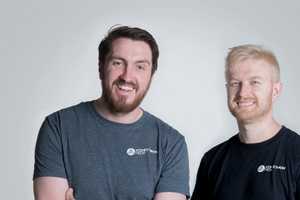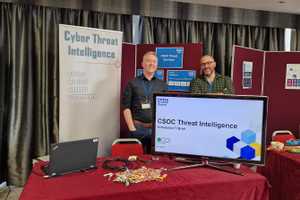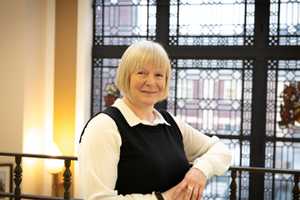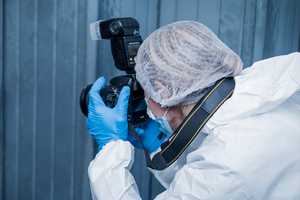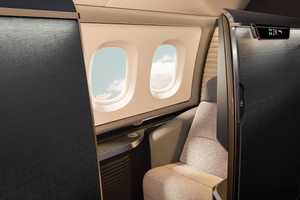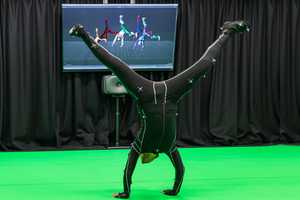CoreAVI works with processor manufacturers and designers such as Intel, AMD, and ARM, to ensure their high- performance graphics and computational processors are safe to use in transport systems such as airplanes and the most high-tech cars.
Damian explains: “I was approached by two friends who had a business opportunity but needed funding and business infrastructure. I agreed to both finance and take on the business operations, and for the first two years it was a side-line business.
As the business opportunity continued to grow, it required more investment and became a full-time concern. I parted with the original partners and took on the challenge of growing the business, which at that time was only myself and one part-time employee.”
Tech has been a life-long interest for Damian, who studied Computer Science at the University of Wolverhampton but whose curiosity for the area began much earlier.

Damian says: “I had been interested in computers from the age of 11, which in the early 1980s was unusual. Thanks to a family friend who had worked as a mathematician for NASA, I got introduced to BASIC programming on a Commodore Pet. I then wrote games for the early home computers, having my first game published when I was 14.
My time and programme at Wolverhampton did not influence my path, but it did prepare me well for my career in technology. Today, I still remember and apply the lessons that I learned.
In the last five years, CoreAVI has created two industry standards, getting companies such as ARM, Intel, Boeing and Nvidia to work with them in Khronos, the Open Standards Organisation. Damian says that working with such talented engineers and management ensures that CoreAVI has a constant drive and energy to take its technology to the next level.
Damian continues: “If you imagine an application that must process a lot of data quickly and where there are life or death consequences to the system failing, that is where you will find the company’s technology. When you board a modern aircraft and see the computer screen on the flight deck, the technology behind the screens contains CoreAVI’s technology.
“Our technology is found in over 100 types of aircraft and more recently in cars as they become more sophisticated.”
It’s what Damian calls the “tricky, interesting questions” that keep him engaged with his company and career, as well as ensuring that his products stand at the cutting-edge of their field in technology. The team faces problems to overcome in every project, ensuring that they continually push themselves and their technology to reach beyond the current boundaries of performance and innovation.
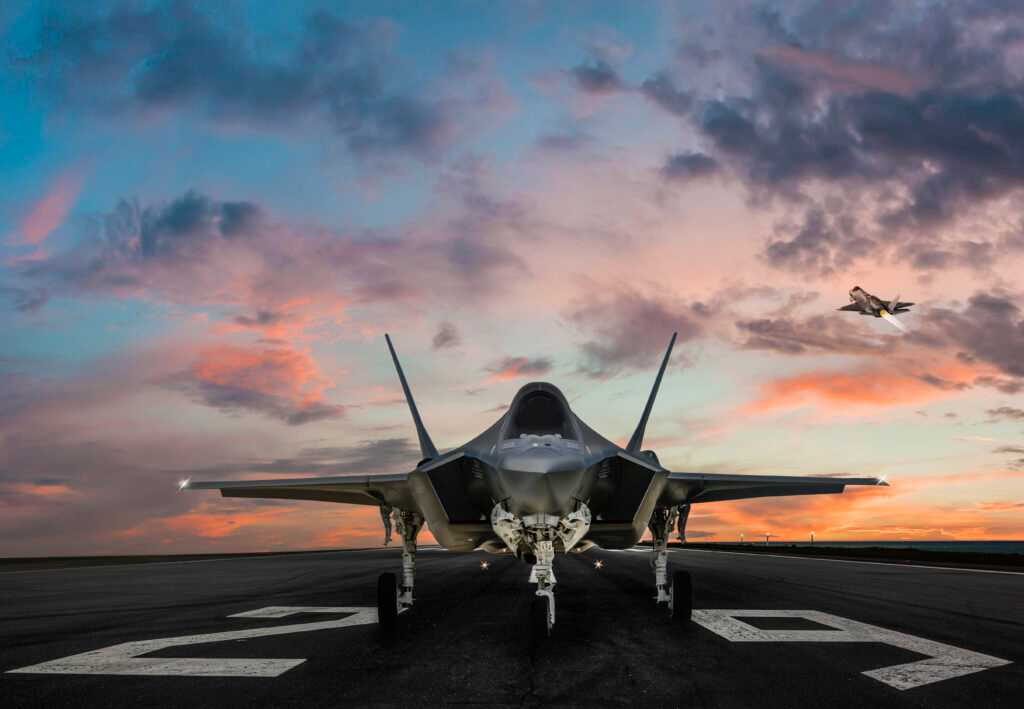
Damian says: “We face these challenges on nearly every project, and it is fascinating hearing the visions and ideas of the talented engineering teams we work with.
“For example, since 2006 we have been a supplier to the F35 project, the USA’s most sophisticated fighter jet. That project is constantly pushing the boundaries of aircraft capabilities, and that advancement eventually feeds into the systems and software that we supply. We are continually being challenged to raise the bar.”
We are continually being challenged to raise the bar.
CoreAVI is currently working on artificial intelligence and designing technology to boost progress in the field of autonomous transport, including self-driving cars and even pilotless planes. In spite of the company’s past and current successes, Damian wants to keep reaching for the stars – almost literally.
He says: “Everyone at my company knows that my ambition is to have CoreAVI technology on the moon. So, we are hoping to have some technology on the Artemis mission to the moon in 2024.”
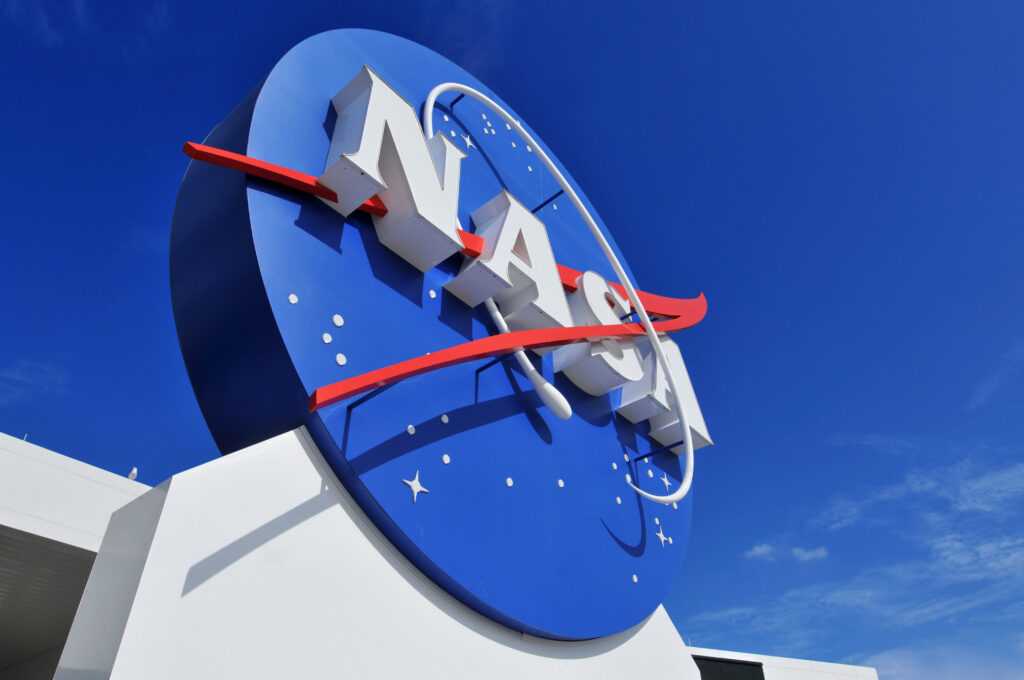
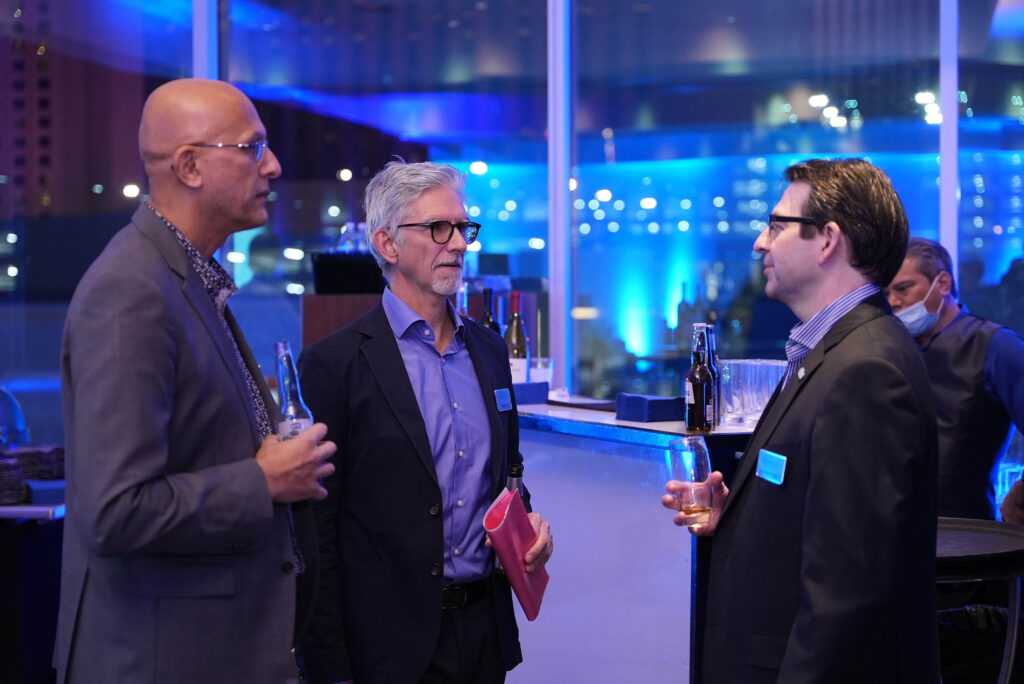
The company’s current NASA project is an experimental aircraft called the X59 Low Boom, of which only three will be built. The cockpit has a unique design which has no windows, so it is CoreAVI’s Vulkan SC technology that will help build the aircraft’s external vision system. These planes will pave the way for a new generation of supersonic commercial aircrafts, and it will be CoreAVI’s tech that creates a virtual cockpit display using cameras, external sensors, weather data, radar, and high-definition terrain maps.
CoreAVI works on multiple projects at a time, but Damian says that there is a common, increasing need for work on automated systems and human augmentation technologies. These futuristic-sounding projects are only the start of what will eventually become contemporary technology, and CoreAVI is part of the Autonomous Consortium which is a collaborative effort between industries to develop best practices for self-driving vehicles.
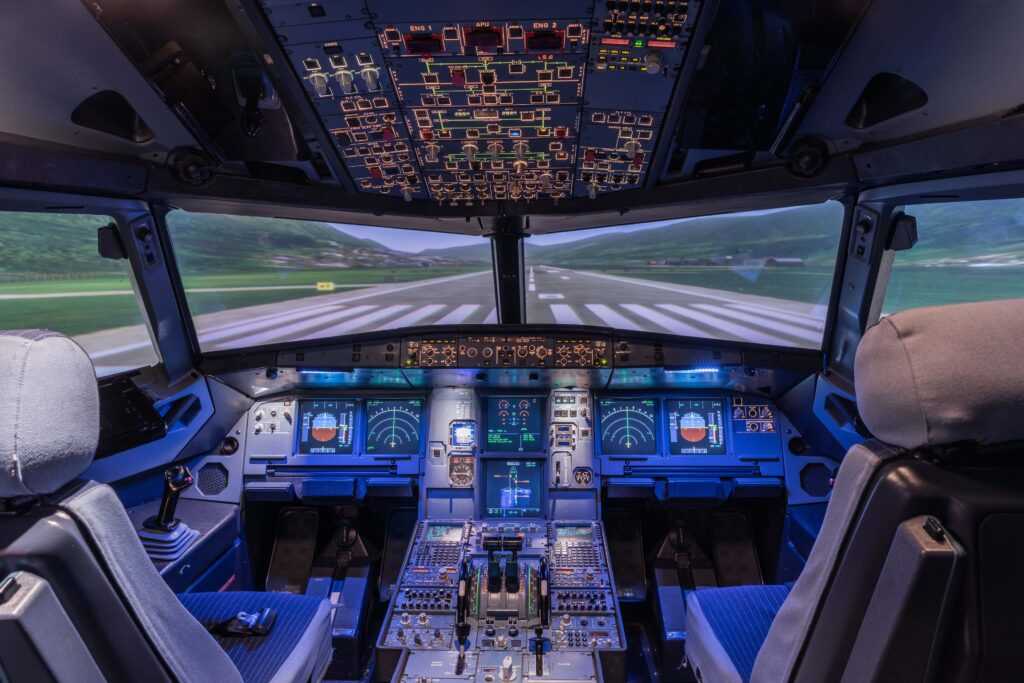
Damian says: “It is exciting that we are only scratching the surface of what is and will become possible with these technologies. In future we will increasingly see autonomous technologies doing more in our homes, factories, and transportation systems. Also, if we are to meet goals to reduce energy consumption, we will need much more connected and automated infrastructures.” Damian has made it a CoreAVI goal to continue one practice that his time at the University of Wolverhampton taught him: the value of gaining real-world experience while studying.
It is exciting that we are only scratching the surface of what is and will become possible with these technologies.
He adds: “My company works with several local universities, and we have a co-op programme giving experience to students across a range of different disciplines. We have also hired many of our co-op students after they graduate.
“Reflecting on my own experience and seeing the co-op students who join us reminds me that the purpose of university education is preparation for what is to come next. That was something I felt I got in abundance at Wolverhampton.”

